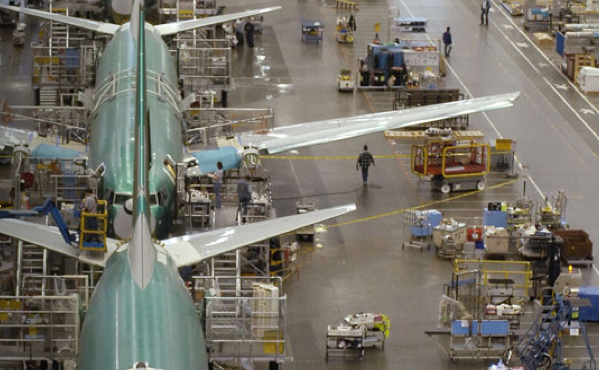MIT conference counters myths of manufacturing
May 11, 2012
The U.S. manufacturing sector, which is burdened by negative stereotypes, is showing signs of revival, according to speakers at The Future of Manufacturing in the U.S. conference held on May 8 and 9 at MIT.
The United States added about 50,000 manufacturing jobs this January alone, the largest monthly gain since 1998, and companies such as Ford Motor Co. have moved overseas plants back to the United States.
High energy costs (which make global shipping more expensive), along with rising foreign wages in some industries, have provided reasons for companies to consider relocating their factories in America. About 43 percent of firms in one survey would consider moving their factories back to the United States.
Manufacturing has seen major job reductions in the United States — from 18 million jobs in 2001 to 12 million today, but the sector still accounts for 70 percent of private-sector R&D spending in America and 90 percent of U.S. patents issued today.
MIT President Susan Hockfield, who co-chairs the steering committee of the White House’s Advanced Manufacturing Partnership (AMP), discussed some of the imminent recommendations that group is going to make: policies intended to improve the business climate for manufacturers; programs to encourage people to develop skills useful for manufacturing jobs, especially through community college education; and funding for new regional technology-development test beds called Manufacturing Innovation Institutes.
Government can further encourage innovation with tax credits that reduce moving expenses when companies bring jobs back to the United States; a permanent tax credit for R&D; a reduction in the corporate tax rate; more incentives for business investment; better worker training on the part of companies, not just within the education system; and continued innovation by U.S. firms.
Technological research that may provide the biggest platforms for economic growth: lightweight materials, flexible electronics, pharmaceuticals, rapid prototyping — such as 3-D printing — and the use of recycled materials for manufacturing.
